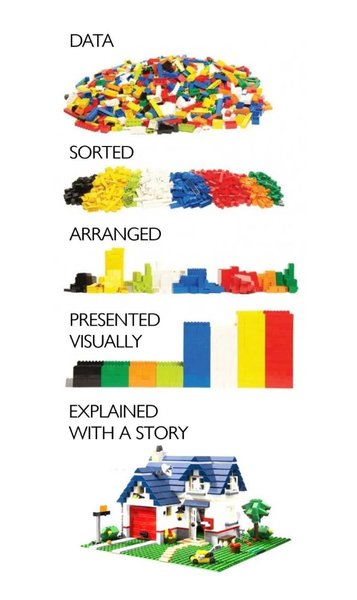story as connective tissue
Because that's how an event becomes a memory. Story, told again and again, spit out and consumed and spit out again, sweeter and more full of the good stuff every time, not exactly what happened, but something better, sweet as honey.
or as regurgitated spit
Emma Pegg • The Science (and Seduction) of Product Storytelling
Niels Devisscher • Belonging and Butterflies in Times of Breakdown

Niels Devisscher • Belonging and Butterflies in Times of Breakdown
Story is about a decision that you made. It’s not about what happens to you. And if you hit that and you get your vulnerability and you understand the stakes, and a few other things, people will intuitively find great stories to tell, and as soon as they do, we know them. We know them as human beings.
The Art of Gathering by Priya Parker
“Do we tell stories, or do stories tell us?”
a closing note that is anything but subordinate via The Sublime
... See moreA myth is a patch of soil where we can plant the best practices of a community: how to relate to each other and to our shared ecosystem. The type of mythmaking we are called to do now is probably somewhere closer to composting. We live in a culture that is remarkably good at abstracting itself from waste and off-loading it onto the marginalized
Sophie Strand







